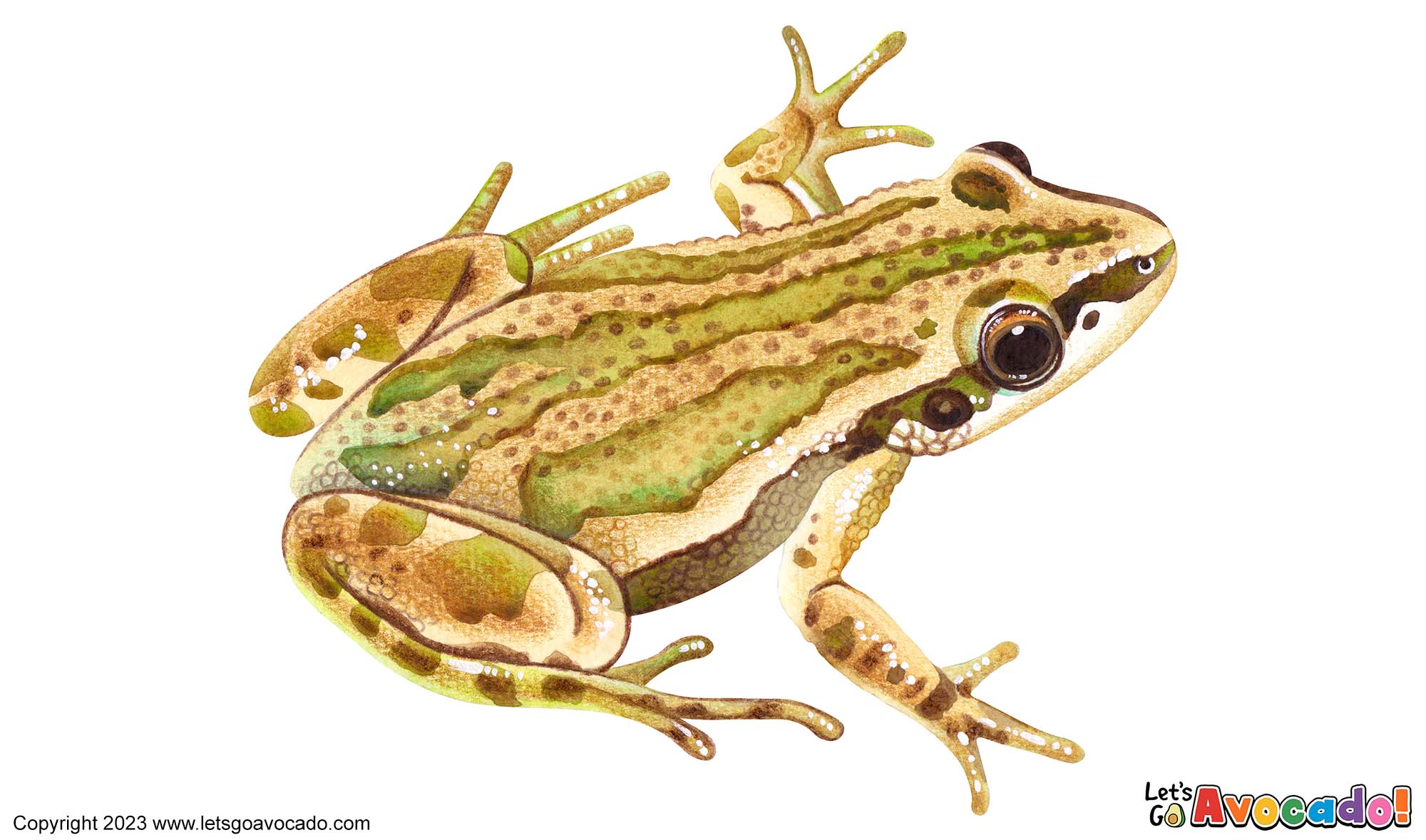

Boreal Chorus Frog
Western Chorus Frog, Northern Chorus Frog
Pseudacris maculata
This page may contain affiliate links.
Read our disclosure and privacy policy here.
The Boreal Chorus Frog, scientifically known as Pseudacris maculata, is an amphibian found in the northern parts of North America. Despite its small size, it possesses a remarkable ability to create a chorus of enchanting calls during the breeding season. These calls, resembling the sound of a thumb running along a plastic comb, can be heard from miles away, creating a captivating symphony in wetland habitats. The Boreal Chorus Frog is a master of camouflage, blending seamlessly into its surroundings with its variable coloration, ranging from green to gray or brown. It has distinctive dark markings on its back, resembling a mask and lateral stripes, adding to its charm. With its charming vocalizations and impressive adaptability to cold climates, the Boreal Chorus Frog holds a special place in the diverse tapestry of amphibian life.
Boreal Chorus Frog
Common Name
Other Names
Latin Name
Distribution
Appearance
Size
Habitat
Behavior
Diet
Lifecycle
Vocalization
Defense Mechanisms
Ecological Importance
ConservationThe act of protecting and preserving natural resources and the environment. Conservation efforts are important to protect beavers and their habitats. Learn More Status

There’s a lot to explore right where we are, in our own neighborhoods and backyards! Join us while we get off the couch and explore the everyday wonders of nature, science, space, engineering, art, and anything else we stumble upon during on our adventures.







